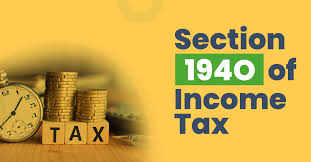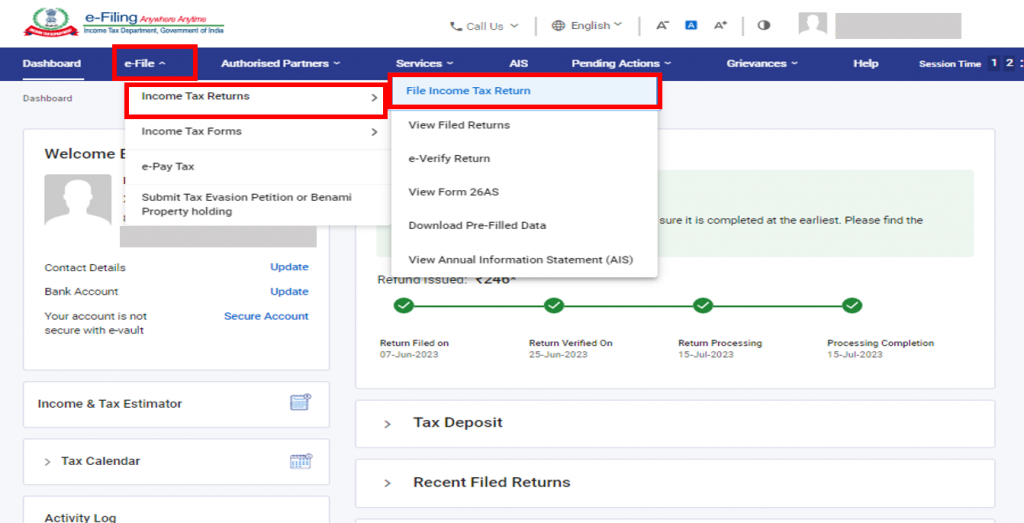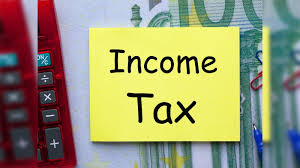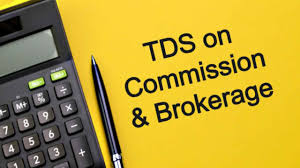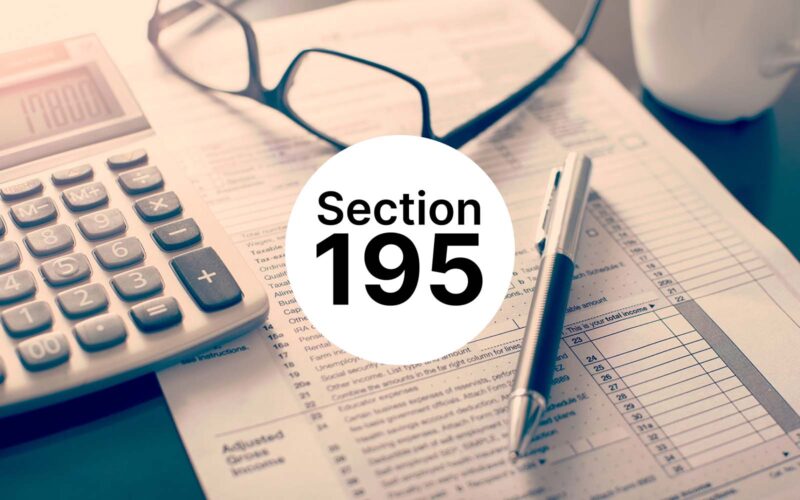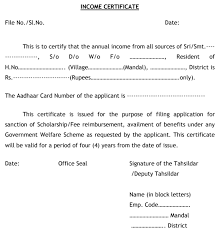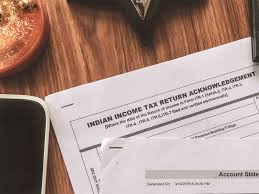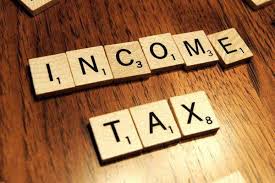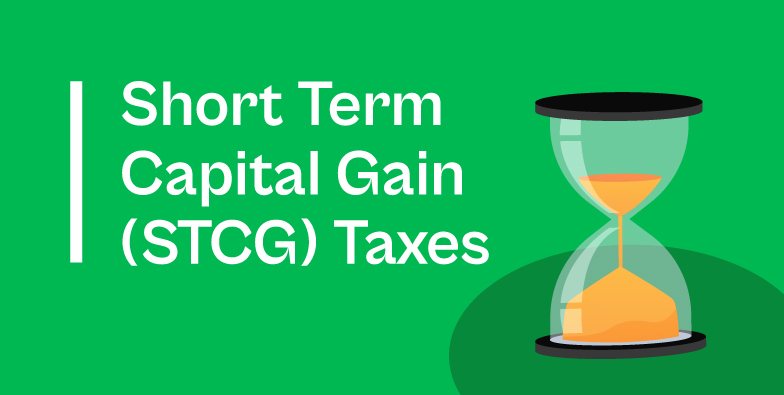Section 194O
E-commerce gained huge popularity after the internet reform in India. And e-commerce widened its reach to billions of people across India. But e-commerce was not taxable under the Income Tax Act until 2020. Section 194O was introduced in the union budget 2020 and came into effect from 1st Oct. 2020. The TDS base was enlarged, […]
